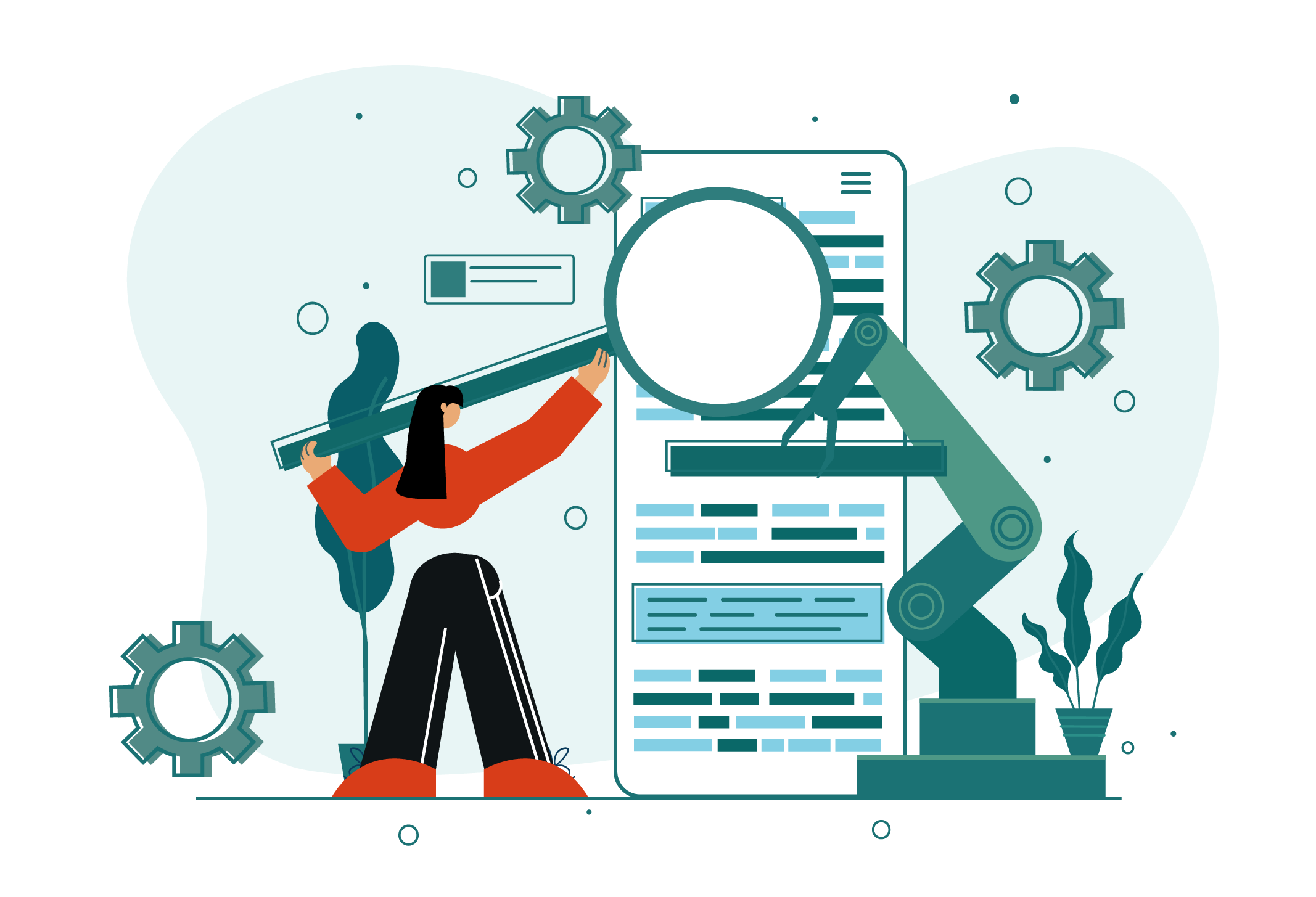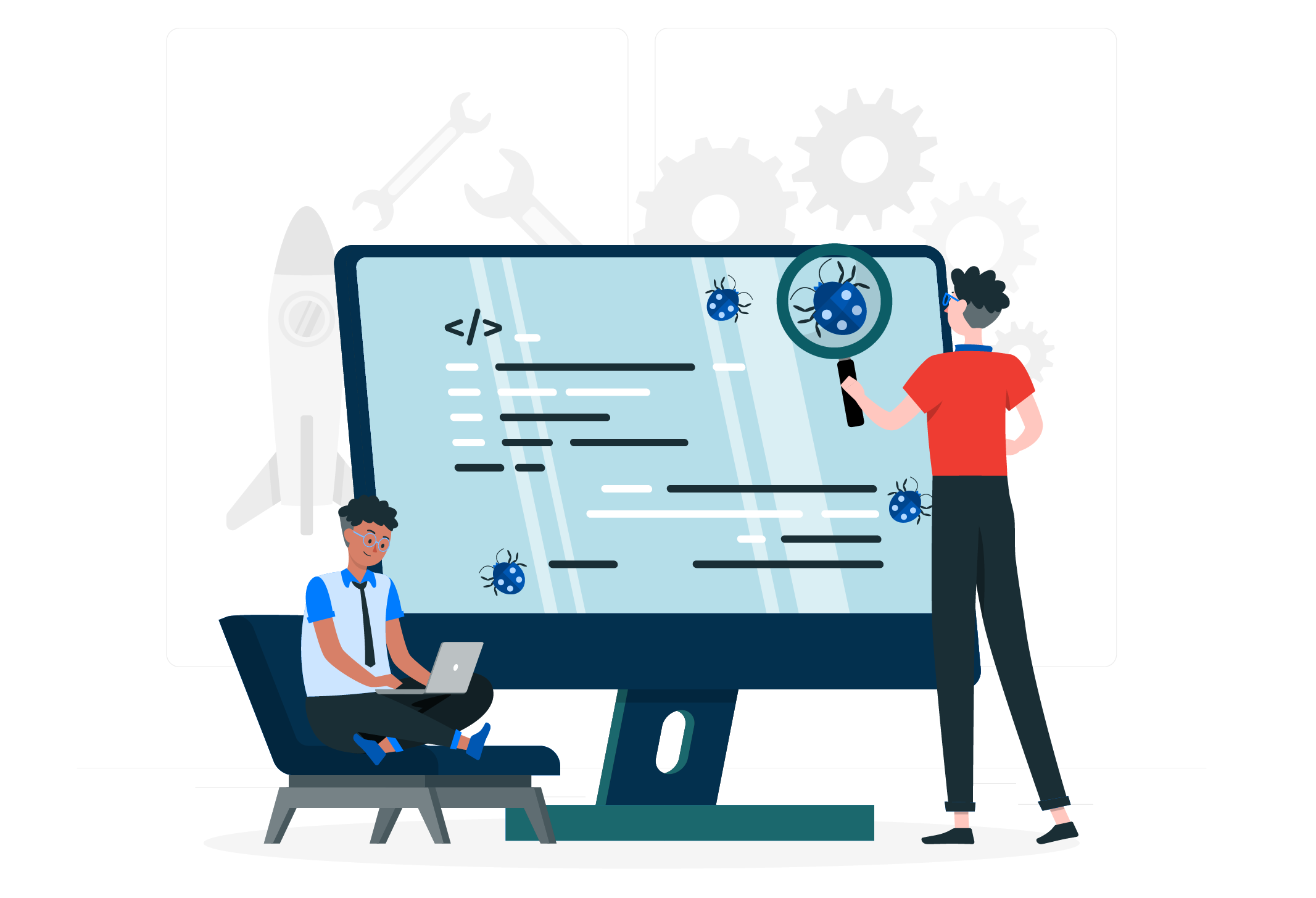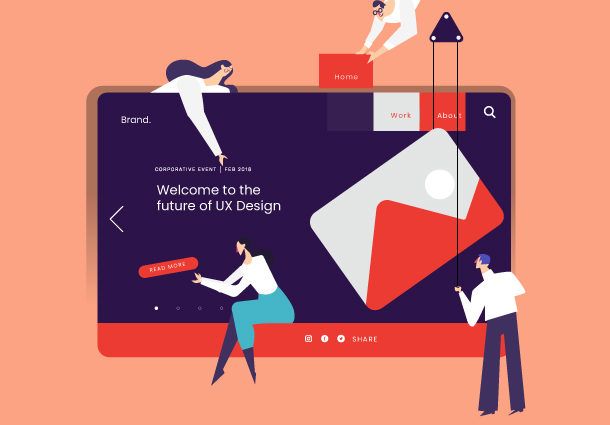Exploring Effective Strategies for Website Usability Testing; Enhancing User Experience
User experience (UX) is crucial to a website’s success in the digital age. It includes all aspects of a user’s experience interacting with a website, such as ease of use, satisfaction levels, and navigation. Testing a website’s usability is essential to guaranteeing the best possible user experience because it helps to find possible problems and collects feedback for enhancements.
This talk explores the topic of website usability testing, emphasizing its importance and looking at practical ways to accomplish goals.  Through a methodical assessment of a website’s usability, companies can acquire important knowledge about user preferences, behaviors, and pain spots. This gives them the information they need to make wise choices and put improvements into place that raise user engagement, retention, and conversion rates.
Through a methodical assessment of a website’s usability, companies can acquire important knowledge about user preferences, behaviors, and pain spots. This gives them the information they need to make wise choices and put improvements into place that raise user engagement, retention, and conversion rates.
This discussion aims to clarify different usability testing methods, their uses, and their applicability in the current digital environment. With techniques ranging from A/B testing and eye-tracking studies to more contemporary techniques like cognitive walkthroughs and heuristic evaluation, this investigation seeks to give a thorough grasp of usability testing methodology.
Understanding Usability Testing Methods – Definitions, Importance, and Diversity
Usability testing techniques are critical to evaluating the usability and efficacy of websites and applications. These methods cover a wide range of techniques for spotting potential usability issues and getting user feedback to inform design improvements.
Although website usability testing services approaches have many distinct definitions, they often involve systematic user observation during product engagement as well as the collection of qualitative and quantitative data to assess users’ experiences. These methods include, for example, think-aloud protocols, scenario-based assessments, and heuristic evaluations.
The importance of usability testing during the website development process cannot be overstated. It helps identify usability problems early in the design process, reducing the likelihood of costly changes down the road. By involving real users in the testing process, developers can gain valuable insights into the preferences, behaviors, and pain areas of users. By prioritizing user expectations and making educated design decisions, this aids in improving overall satisfaction.
By involving real users in the testing process, developers can gain valuable insights into the preferences, behaviors, and pain areas of users. By prioritizing user expectations and making educated design decisions, this aids in improving overall satisfaction.
The range of usability testing methodologies allows developers to tailor their approach to the particular goals and constraints of each project. While certain strategies may be ideal for evaluating the user experience overall, others may be better suited for finding specific usability issues. By employing a variety of testing strategies, developers can iteratively enhance their product’s design and gain a comprehensive understanding of its usability.
To create user-friendly websites and applications, it is essential to understand usability testing procedures. Through the definition of precise goals, selection of appropriate testing methodologies, and integration of users into the design process, developers may ensure that their products meet the requirements and expectations of their intended market. Ultimately, usability testing aids developers in producing products that are user-friendly, efficient, and enjoyable, hence raising customer satisfaction and profitability.
Objectives, Audience, Scenarios, Tools of Strategic Usability Testing Planning
Planning and preparation are essential to any successful website usability testing software project. Creating pertinent test jobs and scenarios, determining target audiences, choosing suitable testing tools and technologies, and clearly defining objectives are all part of this phase.
Designing for usability testing starts with defining clear objectives and goals. This entails specifying the objectives of the testing, such as detecting problems with the user interface, gauging the effectiveness of the navigation, or rating the level of user happiness. Well-defined goals aid in concentrating the testing procedure and guarantee the acquisition of significant insights.
Generating meaningful test scenarios requires determining the target audience and developing user personas. By having a thorough understanding of the target users’ demographics, tastes, and behaviors, testers can design scenarios that are remarkably similar to actual user scenarios. By doing this, it is possible to make sure that the testing appropriately represents how people would interact with the product in its natural setting.
Realistic user scenarios and tasks that participants will be required to accomplish during the testing sessions are designed as part of the test scenario and task design process. These scenarios ought to encompass a variety of common user interactions and be pertinent to the testing goals. Participants can provide insightful comments and feedback when the scenarios are well-designed.
Making the right technological and tool choices is another crucial component in organizing a usability test. Usability testing can be done with a variety of techniques, such as eye-tracking devices, screen recording software, remote testing platforms, and survey tools. The choice of instruments is influenced by several variables, including the project’s budget, needs, and testing goals.
Usability testing can be done with a variety of techniques, such as eye-tracking devices, screen recording software, remote testing platforms, and survey tools. The choice of instruments is influenced by several variables, including the project’s budget, needs, and testing goals.
Setting specific goals, determining the target audience, creating pertinent test tasks and scenarios, and choosing the right testing tools and technologies are all part of the strategic planning process for usability testing. Organizations may make sure that their usability testing efforts are targeted, effective, and provide insightful information for enhancing the user experience of their goods and services by thoroughly organizing and preparing for usability testing.
Executing Usability Testing on Recruitment along with Feedback and Iterative Improvement
Recruitment of participants, execution of test tasks and scenarios, collection and analysis of data and feedback, and iterative testing for continuous improvement are all important components in carrying out usability testing.
One of the most important parts of usability testing is participant recruitment. The target market for the good or service being evaluated must be identified and chosen by the testers. This guarantees that the testing’s input is pertinent and representative of the target audience. Participant recruitment can be accomplished through a variety of strategies, such as internal user databases, online communities, and user recruitment companies.
Recruiting participants is followed by the implementation of test tasks and situations. Testers lead participants through tasks and scenarios that have been pre-planned and created to assess particular facets of the user experience. While testers watch and record their interactions, participants are prompted to carry out activities like using particular features, filling out forms, and browsing the website.
Testers compile and examine feedback and data gathered during the testing process once the test sessions are over. This could include quantitative information like task completion rates and duration on task, as well as qualitative input from participant surveys or interviews. Examining this data offers insightful information about usability problems and places in need of development.
Ultimately, Web usability testing is an iterative process that incorporates ongoing refinement according to input and results from earlier testing runs. To improve the user experience, testers make educated design decisions and put changes into practice using the insights gathered from usability testing. By using an iterative strategy, businesses may improve their products and services gradually and make sure they satisfy the needs and expectations of their customers.
Critical Strategies and Techniques for Achieving Successful Usability Testing Outcomes
Putting important concepts and tactics into practice is essential to success in the field of usability testing. These tactics cover a variety of techniques used to streamline the testing procedure and extract insightful information about user behavior and preferences.
Ensuring the testing environment is straightforward and realistic is one crucial tactic. Testers can see how customers utilize the product or service in an authentic environment by closely imitating real-world events. This realism enables more precise feedback and aids in the early detection of possible usability problems.
Encouraging participants to provide candid and helpful feedback is another essential component. Facilitating an environment that is both encouraging and judgment-free during testing sessions helps users to express their true feelings and ideas. User views, preferences, and pain areas are all well-represented in this feedback, which can help with iterative adjustments to the product or service.
Ensuring inclusion and adherence to accessibility standards requires usability testing to incorporate accessibility testing. By conducting accessibility testing, a product or service can be made sure that all users—including those with disabilities—can access and utilize it efficiently. Organizations may build more inclusive and user-friendly experiences for all users by addressing accessibility issues during usability testing.
Lastly, by bringing a variety of viewpoints and levels of experience to the table, working with cross-functional teams helps improve the testing process. It is possible to evaluate the user experience holistically when stakeholders from several departments, including design, development, and marketing, are involved. Throughout the development lifecycle, this cooperation promotes a deeper comprehension of user needs and preferences and enables more informed decision-making.
Successful usability testing results depend on the application of crucial tactics including encouraging candid input, implementing accessibility testing, working with cross-functional teams, and creating a realistic test environment. Organizations that prioritize these best usbality testing methods for ux can find insightful information, spot usability problems, and eventually provide goods and services that satisfy customers’ requirements and expectations.
Usability Testing Insights and Future Directions with Pattem Digital
Usability testing is essential to improving user experiences, guaranteeing the efficacy of websites, and opening the door for new developments. Organizations may continuously improve their digital platforms to meet changing customer expectations and demands by putting strong testing procedures into place and keeping up with developing trends.
Select Pattem Digital as your usability testing company for unmatched assistance and professional direction when putting usability testing techniques into practice. We are committed to assisting you in achieving website excellence and achieving success in the digital sphere, thanks to our demonstrated track record of producing outstanding outcomes and our commitment to client pleasure.




